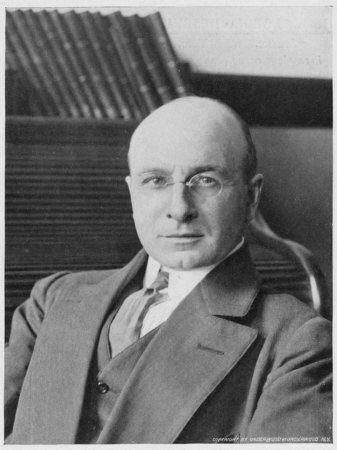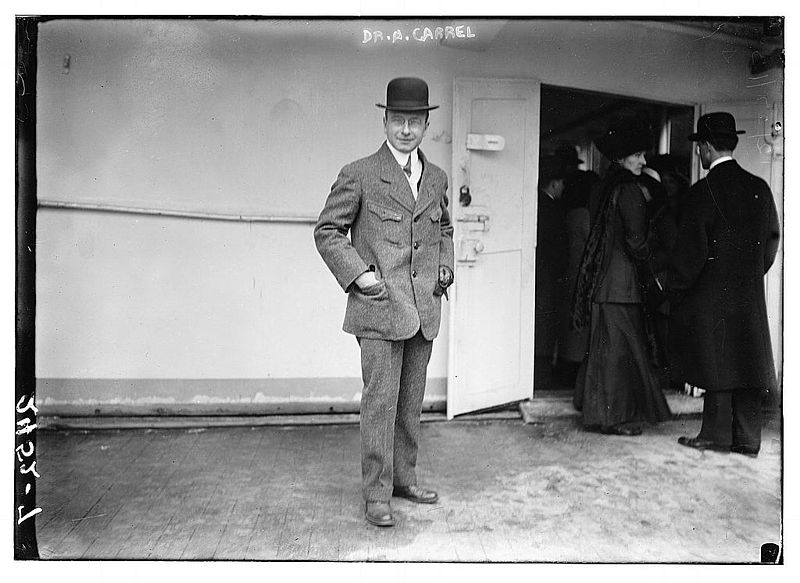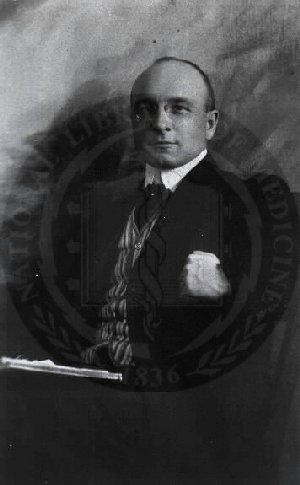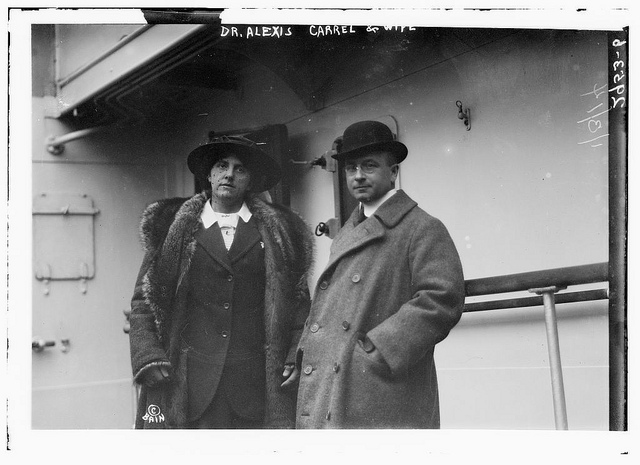<Back to Index>
- Surgeon Alexis Carrel, 1873
- Poet Giovanni della Casa, 1503
- King of England Henry VIII, 1491
PAGE SPONSOR
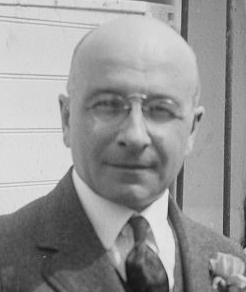
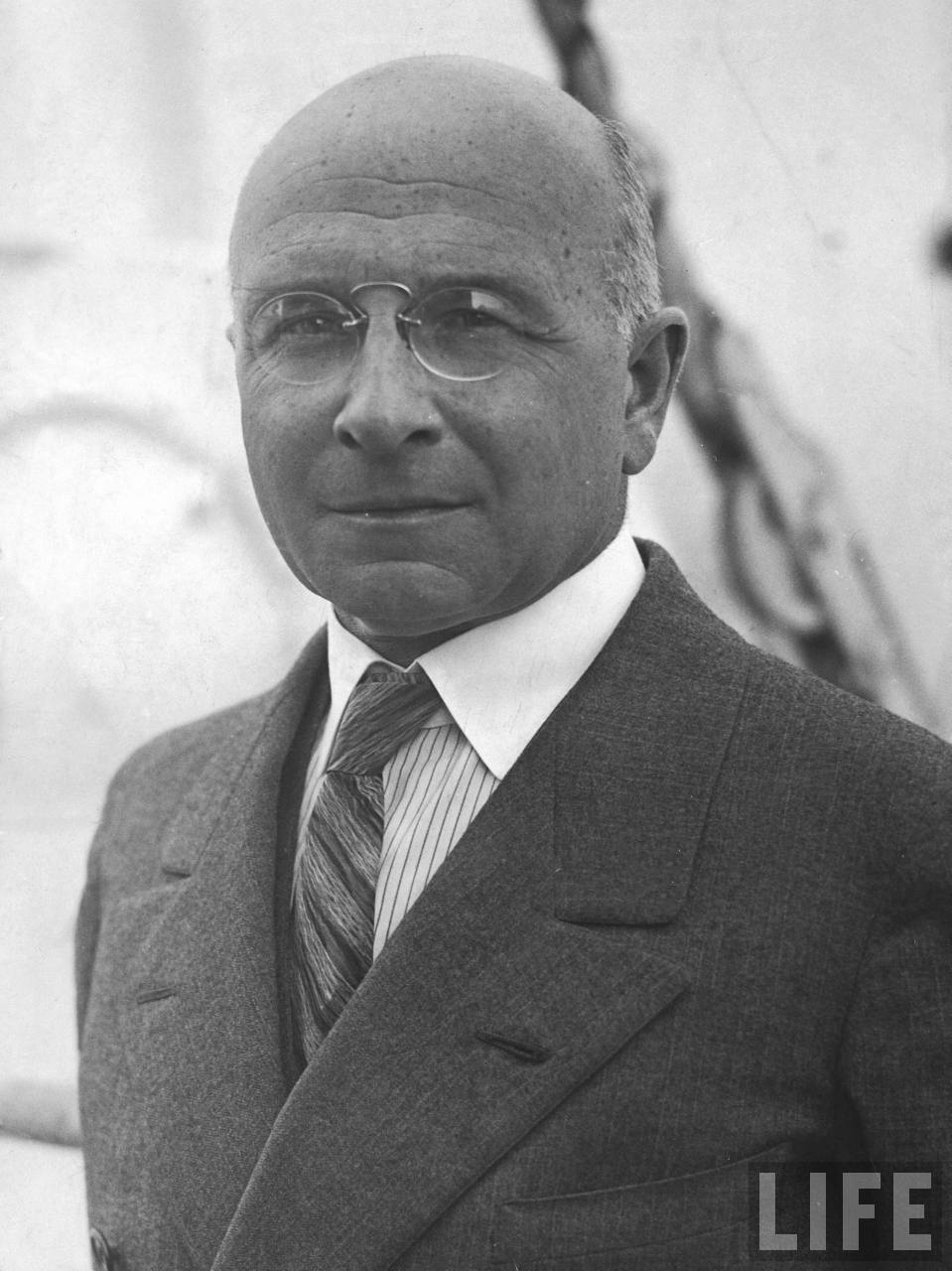
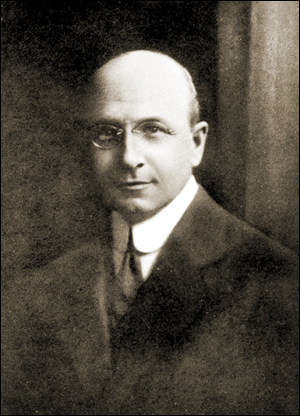
Alexis Carrel (June 28, 1873 – November 5, 1944) was a French surgeon, biologist and eugenicist, who was awarded the Nobel Prize in Physiology or Medicine in 1912.
Born in Sainte-Foy-lès-Lyon, Rhône, Carrel received his medical degree from Université de Lyon, and practiced in France and in the United States at the University of Chicago and the Rockefeller Institute for Medical Research. He developed new techniques in vascular sutures and was a pioneer in transplantology and thoracic surgery. Alexis Carrel was also a member of learned societies in the U.S., Spain, Russia, Sweden, the Netherlands, Belgium, France, Vatican City, Germany, Italy and Greece and received honorary doctorates from Queen's University of Belfast, Princeton University, California, New York, Brown University and Columbia University. He collaborated with American physician Charles Claude Guthrie in work on vascular suture and the transplantation of blood vessels and organs as well as the head, and Carrel was awarded the 1912 Nobel Prize in Physiology or Medicine for these efforts. Due to his close proximity with Jacques Doriot's fascist Parti Populaire Français (PPF) during the 1930s and his role in implementing eugenics policies during Vichy France, he was accused after the Liberation of collaborationism, but died before the trial.
Carrel was a young surgeon in 1894 when the French president Sadi Carnot was assassinated with a knife. His large abdominal veins had been severed, and surgeons who treated the president felt that such veins were too large to be successfully reconnected. This left a deep impression on Carrel, and he set about developing new techniques for suturing blood vessels. The technique of "triangulation", which was inspired by sewing lessons he took from an embroideress, is still used today. Julius Comroe wrote: "Between 1901 and 1910, Alexis Carrel, using experimental animals, performed every feat and developed every technique known to vascular surgery today." He had great success in reconnecting arteries and veins, and performing surgical grafts, and this led to his Nobel Prize in 1912.
During World War I (1914 - 1918), Carrel and the English chemist Henry Drysdale Dakin developed the Carrel - Dakin method of treating wounds based on chlorine (Dakin's solution) which, preceding the development of antibiotics, was a major medical advance in the care of traumatic wounds. For this, Carrel was awarded the Légion d'honneur.
Carrel co-authored a book with famed pilot Charles A. Lindbergh, The Culture of Organs, and worked with Lindbergh in the mid 1930s to create the "perfusion pump," which allowed living organs to exist outside of the body during surgery. The advance is said to have been a crucial step in the development of open heart surgery and organ transplants, and to have laid the groundwork for the artificial heart, which became a reality decades later. Some critics of Lindbergh claimed that Carrel overstated Lindbergh's role to gain media attention, but other sources say Lindbergh played an important role in developing the device. Both Lindbergh and Carrel appeared on the cover of Time magazine on June 13, 1938.
Carrel was also interested in the phenomenon of senescence, or aging. He claimed incorrectly that all cells continued to grow indefinitely, and this became a dominant view in the early twentieth century. Carrel started an experiment on January 17, 1912 where he placed tissue cultured from an embryonic chicken heart in a stoppered Pyrex flask of his own design. He maintained the living culture for over 20 years with regular supplies of nutrient. This was longer than a chicken's normal lifespan. The experiment, which was conducted at the Rockefeller Institute for Medical Research, attracted considerable popular and scientific attention.
Carrel's experiment was never replicated, and in the 1960s Leonard Hayflick and Paul Moorhead proposed that differentiated cells can only undergo a limited number of divisions before dying. This is known as the Hayflick limit, and is now a pillar of biology.
It is not certain how Carrel obtained his anomalous results. Leonard Hayflick suggests that the daily feeding of nutrient was continually introducing new living cells to the alleged immortal culture. J.A. Witkowski has argued that, while
"immortal" strains of visibly mutated cells have been obtained by other
experimenters, a more likely explanation is deliberate introduction of
new cells into the culture, possibly without Carrel's knowledge. In 1972, the Swedish Post Office honored Carrel with a stamp that was part of its Nobel stamp series. In 1979, the lunar crater Carrel was named after him as a tribute to his scientific breakthroughs. In
February 2002, as part of celebrations of the 100th anniversary of
Charles Lindbergh's birth, the Medical University of South Carolina at
Charleston established the Lindbergh - Carrel Prize, given to major contributors to "development of perfusion and bioreactor technologies for organ preservation and growth". Michael DeBakey and nine other scientists received the prize, a bronze statuette created for the event by the Italian artist C. Zoli and named "Elisabeth" after
Elisabeth Morrow, sister of Lindbergh's wife Anne Morrow, who died from
heart disease. It was in fact Lindbergh's disappointment that
contemporary medical technology could not provide an artificial heart
pump which would allow for heart surgery on her that led to Lindbergh's
first contact with Carrel. In 1935, Carrel published a book titled L'Homme, cet inconnu (Man, The Unknown),
which became a best seller. The book discussed "the nature of society
in light of discoveries in biology, physics, and medicine". It
contained his own social prescriptions, advocating, in part, that
mankind could better itself by following the guidance of an elite group
of intellectuals, and by implementing a regime of enforced eugenics. Carrel claimed the existence of a "hereditary biological aristocracy"
and argued that "deviant" human types should be suppressed using
techniques similar to those later employed by the Nazis. "A
euthanasia establishment, equipped with a suitable gas, would allow the
humanitarian and economic disposal of those who have killed, committed
armed robbery, kidnapped children, robbed the poor or seriously
betrayed public confidence," Carrel wrote in L'Homme, cet Inconnu. "Would the same system not be appropriate for lunatics who have committed criminal acts?" he suggested. In
the 1936 preface to the German edition of his book, Alexis Carrel added
a praise to the eugenics policies of the Third Reich, writing that: (t)he
German government has taken energetic measures against the propagation
of the defective, the mentally diseased, and the criminal. The ideal
solution would be the suppression of each of these individuals as soon
as he has proven himself to be dangerous. Carrel also wrote in his book that: (t)he
conditioning of petty criminals with the whip, or some more scientific
procedure, followed by a short stay in hospital, would probably suffice
to insure order. Those who have murdered, robbed while armed with
automatic pistol or machine gun, kidnapped children, despoiled the poor
of their savings, misled the public in important matters, should be
humanely and economically disposed of in small euthanasic institutions
supplied with proper gasses. A similar treatment could be
advantageously applied to the insane, guilty of criminal acts. In 1937, Carrel joined Jean Coutrot’s Centre d’Etudes des Problèmes Humains -
Coutrot’s aim was to develop what he called an "economic humanism"
through "collective thinking." In 1941, through connections to the
cabinet of Vichy France president Philippe Pétain (specifically, French industrial physicians André Gros and Jacques Ménétrier) he went on to advocate for the creation of the Fondation Française pour l’Etude des Problèmes Humains (French Foundation for the Study of Human Problems) which was created by decree of the Vichy regime in 1941, and where he served as 'regent'. The
Foundation was behind the origin of the December 16, 1942 Act inventing
the "prenuptial certificate", which had to precede any marriage and was
supposed, after a biological examination, to insure the "good health"
of the spouses, in particular in regard to sexually transmitted
diseases (STD) and "life hygiene" (sic). Carrel's institute also
conceived the "scholar book" ("livret scolaire"), which could be used
to record students' grades in the French secondary schools, and thus
classify and select them according to scholastic performance. The
foundation was at the origin of the October 11, 1946 law, enacted by the Provisional Government of the French Republic (GPRF), which institutionalized the field of occupational medicine. It worked on demographics (Robert Gessain, Paul Vincent, Jean Bourgeois - Pichat), on economics, (François Perroux), on nutrition (Jean Sutter), on habitation (Jean Merlet) and on the first opinion polls (Jean
Stoetzel). "The foundation was chartered as a public institution under
the joint supervision of the ministries of finance and public health.
It was given financial autonomy and a budget of forty million
francs — roughly one franc per inhabitant — a true luxury considering
the burdens imposed by the German Occupation on the nation’s resources.
By
way of comparison, the whole Centre National de la Recherche Scientifique (CNRS) was given a budget of fifty million francs." According to Gwen Terrenoire, writing in Eugenics in France (1913 - 1941): a review of research findings,
"The foundation was a pluridisciplinary centre that employed around 300
researchers (mainly statisticians, psychologists, physicians) from the
summer of 1942 to the end of the autumn of 1944. After the liberation of Paris,
Carrel was suspended by the Minister of Health; he died in November
1944, but the Foundation itself was "purged", only to reappear in a
short time as the Institut national d’études démographiques (INED) that is still active." Although Carrel himself died on November 5, 1944, most members of his team did move to the INED, which was led by famous demographist Alfred Sauvy, who coined the expression "Third World". Others joined Robert Debré's "Institut national d'hygiène" (National Hygiene Institute), which later became the INSERM.
Alexis Carrel went from being a skeptic of the visions and miracles reported at Lourdes to being a believer after experiencing a healing he could not explain. Alexis Carrel refused to discount a supernatural explanation and steadfastly reiterated his beliefs, even writing a book describing his experience. This
was a detriment to his career and reputation among his fellow doctors,
and feeling he had no future in academic medicine in France, he
emigrated to Canada with the intention of farming and raising cattle.
After a brief period, he accepted an appointment at the University of
Chicago.
